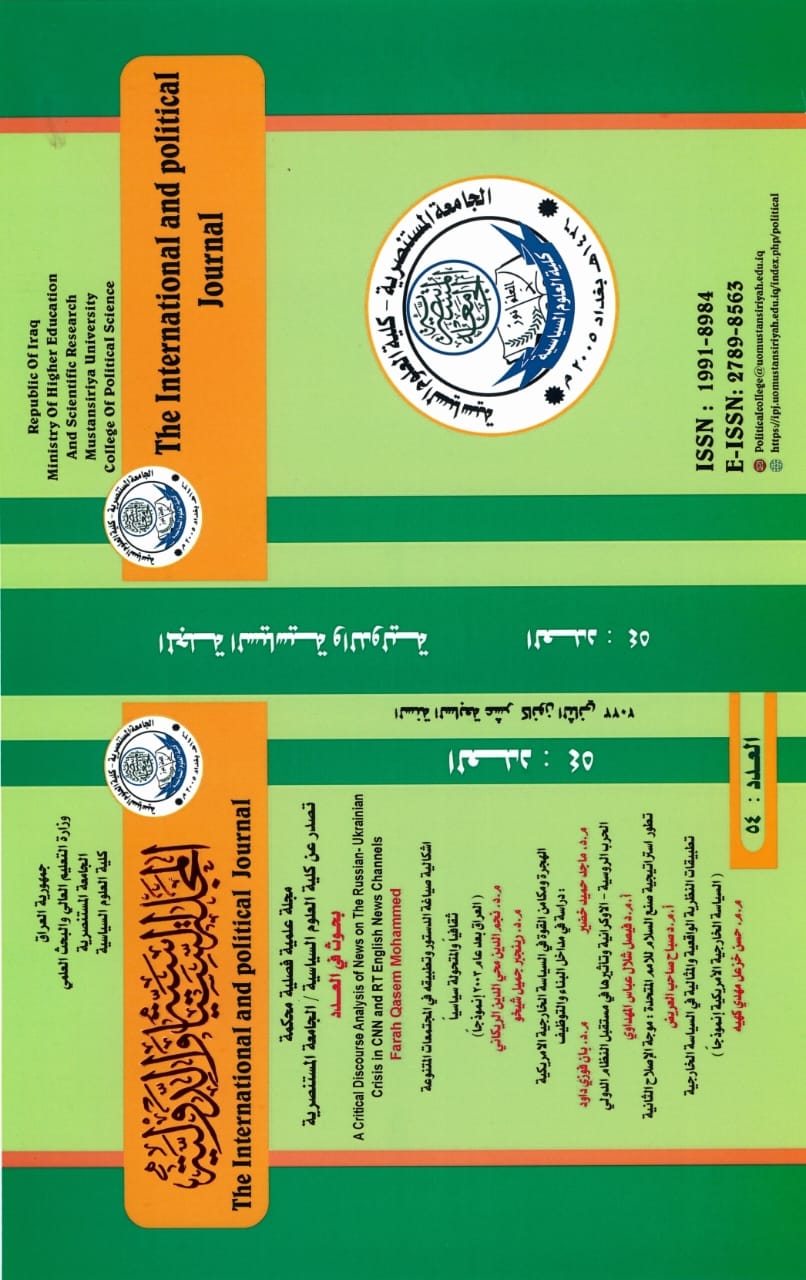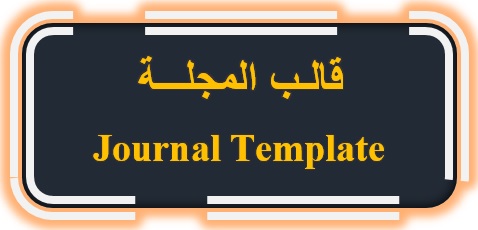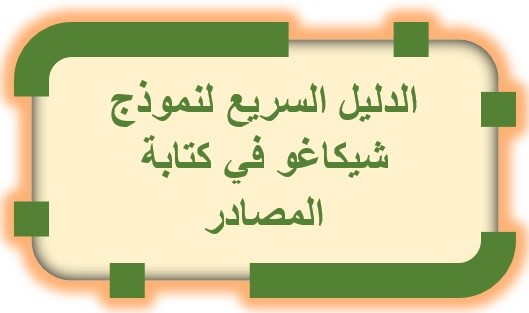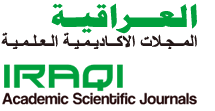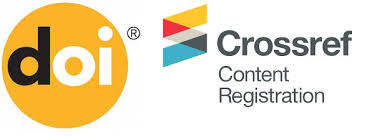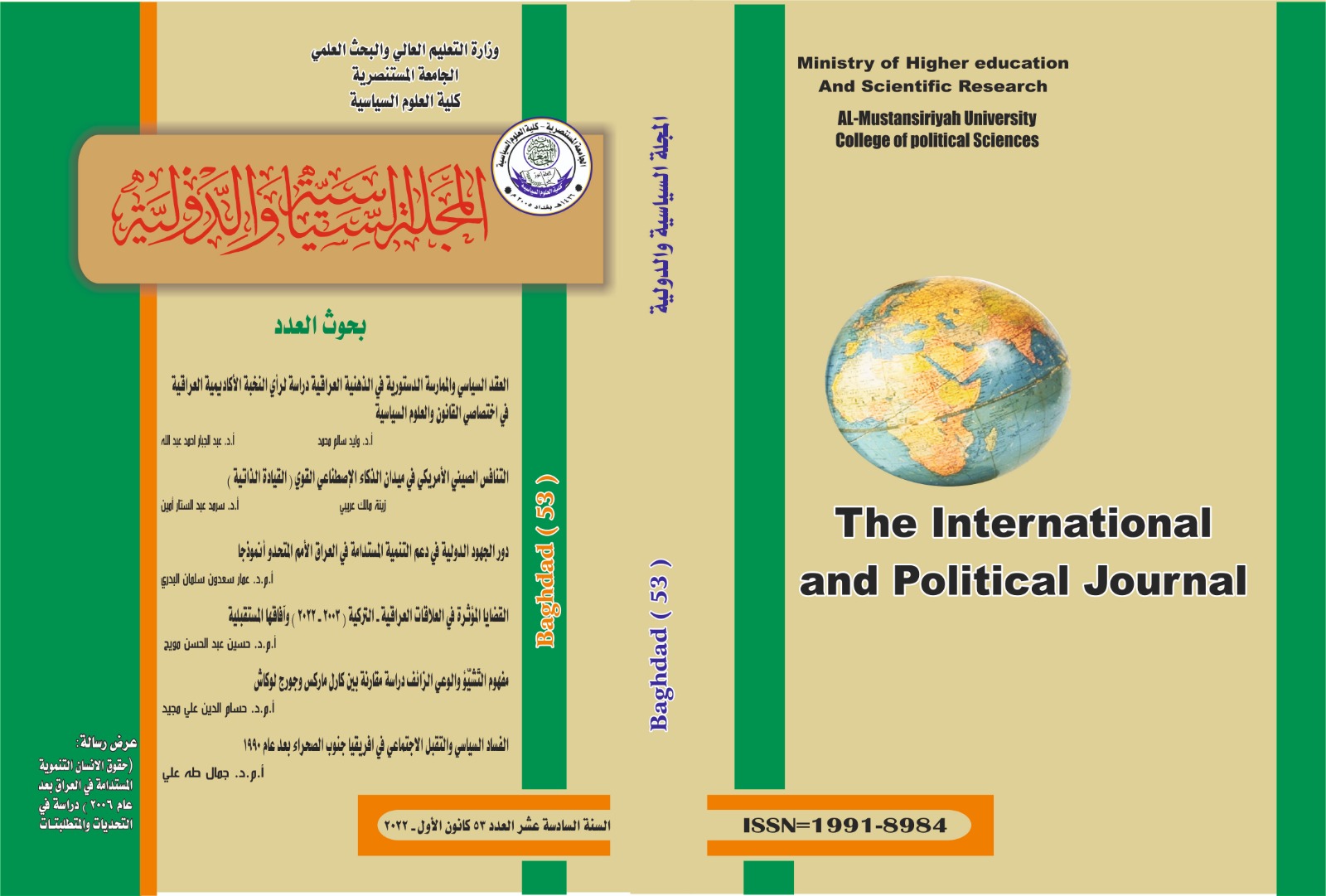The Evolution of the United Nations Peacemaking Strategy: The Second Wave of Reform
DOI:
https://doi.org/10.31272/ipj.54.7Keywords:
United Nations, international environment, international reform, participatory responsibility, international organizationsAbstract
From its foundation in 1945 until the present time, the United Nations Organization has gone through a series of reform attempts, some of which have been achieved but not most. However, we can say that the 1990s witnessed more serious and determined attempts to adapt the organization to the surrounding international environment. The aim of these attempts was to keep the organization as the primary sponsor and the most neutral and acceptable party for states and the rest of the international actors, and to have the greatest capacity and the deepest influence in all its interactions. We can describe these attempts and the subsequent reform steps as the second wave, which resulted in a set of practical measures, formulating of new strategies, and the establishing of a number of organizational joints that greatly contributed to the implementation of those strategies in line with the vision of the leaders of the international organization who wanted to move the United Nations to a higher level. of international performance and interaction and taking responsibility in accordance with its principles to which it committed itself and codified it in its charter, but with a new approach that is more modern and interactive than what was prevalent in the past. Therefore, a new pattern of responsibility was formulated that was adopted by the United Nations as a basis for its work, efforts, and endeavors to confront crises and solve problems facing the peoples and countries of the world, and a number of joints were established that are a milestone in relation to those efforts, endeavors, and how the United Nations can Through it, it manages global affairs and its great repercussions, which are becoming more complex and overlapping.
References
المصادر باللغة الانكليزية :
Durch ,William J. and Tobias C. Berkman. 2006. Twenty-First-Century: Peace Operations. Washington: Institute of Peace,.
(UN), United Nations. 2008. UN Peacekeeping. New York: Department of Public Information.
—.2023. About UN Women", UN Women. 1 28, 2023. http://www.unWomen.org/about-us/about-un-women/.
(UN), United Nations. 2010. Global Field Support Strategy. UN General Assembly.
—.2014. United Nations Police: Multi-Year Police Strategy for 2020. March 2014. https://police.un.org/en/un-police-strategy-2014-2020.
Chesterman, Simon. 2007. Secretary or general? New York: Cambridge University Press: The UN secretary-general in world politics. DOI: https://doi.org/10.1017/CBO9780511618680.002
Trent,John , and Laura Schnurr. 2018 . A United Nations Renaissance: what the UN is, and what it could be, 1st ed. Verlag Barbara Budrich. https://www.jstor.org/stable/j.ctvdf03xp. DOI: https://doi.org/10.2307/j.ctvdf03xp
Muravchik, Joshua. 2005. the future of the United Nations: understanding the past to chart a way forward. Washington: AEI Press.
reliefweb. 2000. Report of the Panel on United Nations Peace Operations (A/55/305 - S/2000/809). Aug 1 , 2000. https://reliefweb.int/report/world/report-panel-united-nations-peace-operations-a55305-s2000809?gclid=Cj0KCQiA9YugBhCZARIsAACXxeLwF4cc1aEa9H9u8c15IhKHhodLLsT2Js1MQVQH34G3-7suOzGjm94aAhikEALw_wcB.
Sinclair, Andrew. 2018. Annual Review of Global Peace Operations. Boulder: Lynne Rienner Publishers.
Andreu ,Sola-Martin. 2011. the United Nations: armed conflicts and peace keeping. Madrid: Open University of Catalonia foundation.
Weiss, Thomas G. 2015. the United Nations Before, during and after 1945. New York: CUNY Graduate Center. DOI: https://doi.org/10.1111/1468-2346.12450
Blatter , Ariela , and Paul Williams. 2014. the Responsibility Not to Vote, Citizens for Global Solutions. Washington.
United Nations (UN). 2023. “The size of the deployment of multi-purpose United Nations missions and teams in various countries of the world and the nature of the work and activities they carry out.” 26 1, 2023. http://www.un.org/en/peacekeeping/operations.
United Nations - Security Council. 2023. “Security Council Committee Established Pursuant to Resolution 1970 (2011) Concerning Libya”, February 26, 2011. https://www.un.org/securitycouncil/ar/sanctions/1970.
The United Nations. 2023. State and peace building Fund. 26 1, 2023. http://siteresources.worldbank.org.
. — 2018.State Capacity Strengthening and Peace building Fund.
. —The memorandum of the Secretary-General of the United Nations on the applicable priorities and the beginning of the trend towards these endeavors to establish a new strategy for action, which he presented to the Security Council. 26 1, 2023. http://www.un.org/sg/priority.html.
The United Nations. 2005. United Nations General Assembly Document, Resolution No. 60/1, “Recommendations and Outcomes of the 2005 World Summit.” October 24, 2005. http://www.un.org/documents/res/1946/scres46.htm .
The sixty-ninth session, according to items (115-13). 2015. “peace building Architecture Review.” Document number (490/2015/S - 968/69/A).
The sixty-ninth session, according to items (115-13). 2015. Review of the peace building Structure, held on (30/June/2015), Document No. (490/2015/S – 968/69/A).
Document of the United Nations General Assembly - Security Council. 2010. “Peacebuilding Architecture Review.” The sixty-fourth session, according to items (48-114), document number (393/2010/S – 868/64/A).
المصادر باللغة العربية :
United Nations (UN). 2023. "حجم انتشار البعثات والفرق التابعة للأمم المتحدة متعددة الأغراض في مختلف دول العالم وطبيعة الأعمال والنشاطات التي تقوم بها". 26 1, 2023. http://www.un.org/en/peacekeeping/operations .
الأمم المتحدة - مجلس الأمن. 2023. "لجنة مجلس الأمن المنشأة عملاً بالقرار 1970 (2011) بشأن ليبيا." 26 February, 2011. https://www.un.org/securitycouncil/ar/sanctions/1970.
الأمم المتحدة. 2023. صندوق تقوية قدرات الدول وبناء السلام. 26 1, 2023. http://siteresources.worldbank.org.
—. صندوق تقوية قدرات الدول وبناء السلام. 2018.
—. مذكرة الأمين العام للأمم المتحدة حول الأولويات واجبة التطبيق وعن بداية الأتجاه نحو هذه المساعي لتأسيس استراتيجية جديدة للعمل والتي قدمها لمجلس الأمن. 26 1, 2023. http://www.un.org/sg/priority.html.
الأمم المتحدة. 2005. وثيقة الجمعية العامة للأمم المتحدة، قرار رقم60/1، "توصيات ونتائج قمة العالم 2005". 24 اكتوبر, 2005. http://www.un.org/documents/res/1946/scres46.htm.
الدورة التاسعة والستون وفق البندان (13-115). 2015. "استعراض هيكلية بناء السلام." رقم الوثيقة (490/2015/ S – 968/69/ A).
الدورة التاسعة والستون، وفق البندان (13-115). 2015. استعراض هيكلية بناء السلام، المنعقدة في (30/ يونيو/ 2015)، رقم الوثيقة (490/2015/ S – 968/69/ A).
وثيقة الجمعية العامة للأمم المتحدة – مجلس الأمن. 2010. "استعراض هيكلية بناء السلام." الدورة الرابعة والستون، وفق البندان (48-114)، رقم الوثيقة (393/2010/ S – 868/64/ A).
Additional Files
Published
How to Cite
Issue
Section
License

This work is licensed under a Creative Commons Attribution-NonCommercial-NoDerivatives 4.0 International License.
Journal Policies
All articles published in the International and Political Journal are licensed under a Creative Commons Attribution 4.0 International License. This means that the Authors can:
The journal allows reuse and remixing of content in accordance with a Creative Commons license.
Copy and redistribute the material in any medium or format.
Policy of publishing in The International and Political Journal
The journal is committed to the ethics of scientific publishing, and according to the publication ethics report of the journal.
The decision to publish is based on the value of the scientific research, to what extent it meets the conditions of publication approved, the declared policy of the journal, and its specialty.
It is based on the principles of the scientific honesty, and originality of research submitted for publication. It deals with the names of reviewers and their reports with great confidentiality.
The opinions published in the journal reflect the views of the authors, and not necessarily reflect the opinion of the editorial board.
The journal does not adhere to the publication of whatever comes to it. The time and place of publication are subject to technical considerations adopted in the editorial plan of the journal.
The journal does not abide to return the research papers to their owners whether accepted for publication or not.
The researcher is to be provided with the acceptance of publication within about 24 WEEKS. As for publication, the editorial board reserves its right in priority of publishing. The arrangement of the research papers in the same issue is subject to technical standards.
Diversify of publishing papers from solid universities and scientific centers from inside and outside Iraq is preferable.
The journal maintains hard copies and electronic archive of the published issues in addition to the publication of the research papers.
The journal also publishes the issues electronically through the website of the journal, and the official website of the Iraqi academic journals, and makes it possible to download. Thus, documenting the intellectual property of the research papers and publishing them internationally is achieved.
Terms of publication may be modified when necessary with no previous notice.
The researcher obtains a copy of his research paper. If he wishes to buy acopy of the journal, the volume costs ID 10000 from inside Iraq and $8from the outside.
The Editorial Board considers that the researcher who submits his research paper for publication in the journal has already read the terms and conditions of publication and agreed on them.
The journal publishes the research papers of the postgraduate students in special issues for this purpose.
Stages of editing and publishing:
The researcher undertakes that his research has never been published before, and has not been submitted for publication to other sides until the end of the evaluation procedures and the acceptance of publication in the journal.
The research papers submitted for publication are to subjected for preliminary examination by the editorial board to determine their suitability for the journal specialization, its policy and the safety of scientific research procedures, and then to indicate its eligibility for scientific evaluation. The editorial board may apologize for accepting the research all together or require the researcher to amend it in accordance with the journal policy before sending it to editors.
After conducting the scientific evaluation, the research paper returns back to the researcher to make the required amendments within a maximum of two weeks.
A copy of the final research paper is to be submitted to the secretariat of the journal a hard copy and a soft copy on a CD, in both Word and PDF format. The researcher is fully responsible for the typing and linguistic mistakes after submitting the full research paper on a CD.
Plagiarism checker
All research papers are subjected to Turnitin program to uncover plagiarism before being sent to scientific evaluation. The researcher undertakes a written pledge to take the legal and moral responsibility, in the event of the emergence of plagiarism or taking from the efforts of other researchers, without a reference to them. The journal uses appropriate anti-plagiarism software, such as Turnitin to check for plagiarism.
Dealing with Allegations of Research Misconduct
The Journal shall take reasonable and serious steps to identify and prevent the publication of papers where research misconduct has occurred, including plagiarism, citation manipulation, and data falsification/fabrication.
Scientific Evaluation:
Scientific evaluation strengthens the research paper submitted to the journal and helps to take the appropriate decision by the editorial board to publish it. It also benefits the researchers to improve and correct their research papers.
The research paper is sent to three evaluators in the same specialty to evaluate
